8 Reasons to Avoid Planting a Dogwood Tree in Your Yard
Flowering dogwood trees are a stunning addition to any yard. For many, this lovely tree invokes a sense of nostalgia. People dream of having one in their yard as a reminder of their childhood. Unfortunately, dogwoods can be difficult. Here are some compelling reasons to avoid planting a dogwood tree in your yard so you can make an informed choice.
Let’s dig in!
1. Drought and Heat Intolerance
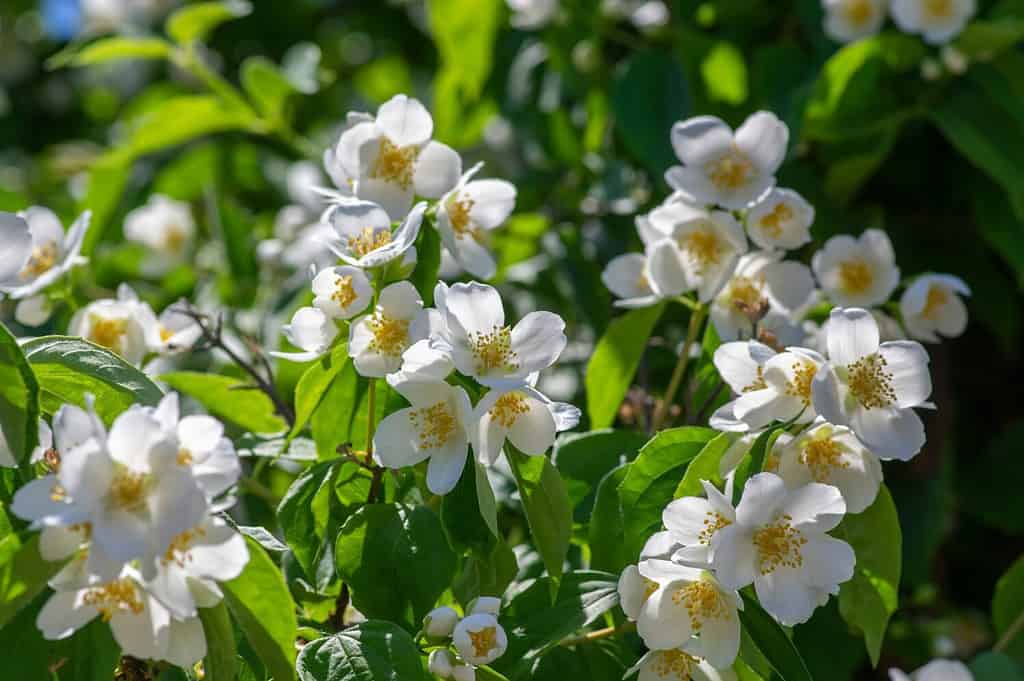
©Iva Vagnerova/Shutterstock.com
One of the main reasons to avoid planting a dogwood tree is its susceptibility to leaf scorching. This deciduous tree is considered an underwood, meaning it grows under the canopies of larger trees and seeks protection from their foliage.
If the dogwood is placed in an area that gets a lot of overhead sun, you may notice the leaves turning brown and crispy.
Dogwoods are also drought condition intolerant and won’t thrive in hot, dry climates. If you live in an area with hot summers, be sure to mulch your dogwood tree’s shallow roots and place it near larger, established trees.
2. Prone to Pests and Diseases
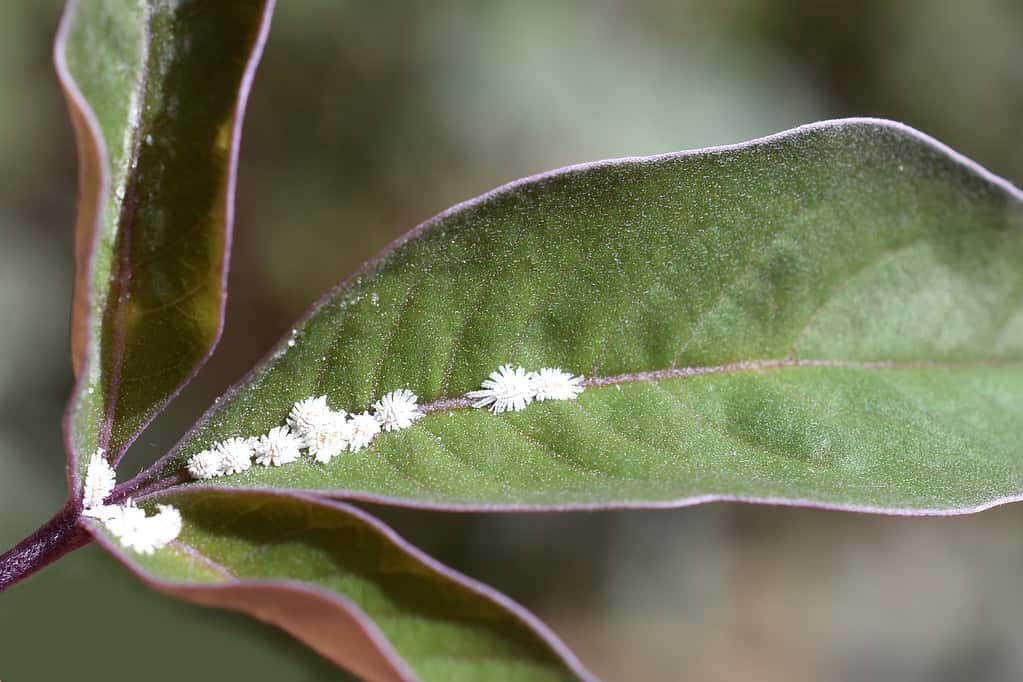
©HHelene/iStock via Getty Images
Another reason to avoid planting a dogwood tree is its above-average pest and disease attraction. This sensitive wood is susceptible to many well-known pests, like aphids and scale insects. It also attracts the dogwood borer, which will infest other deciduous hosts.
Dogwoods are also prone to fungal infections. Dogwood anthracnose is a lethal fungal infection. Collar rot and spot anthracnose are also common infections for dogwood trees.
If you plan to have a dogwood tree, you must monitor it and treat pests and diseases before they become a significant problem.
3. Long to Mature and Flower
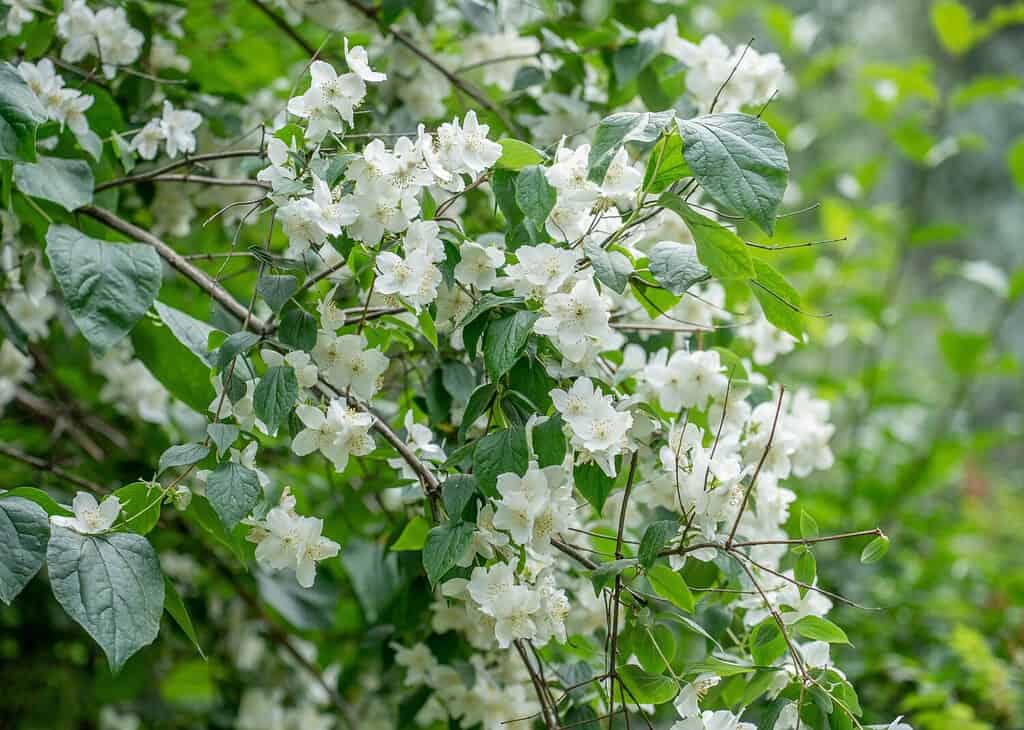
©LapaiIrKrapai/Shutterstock.com
If you plant a dogwood tree for the floral display, you’ll be waiting a while. This tree is slow to establish and mature. It can take up to ten years to see your flowering dogwood bloom.
You may decide the wait is worth it if you’re in your forever home. If not, wait to plant one until you’ll be around to see your dogwood bloom.
4. Emit a Strong Odor
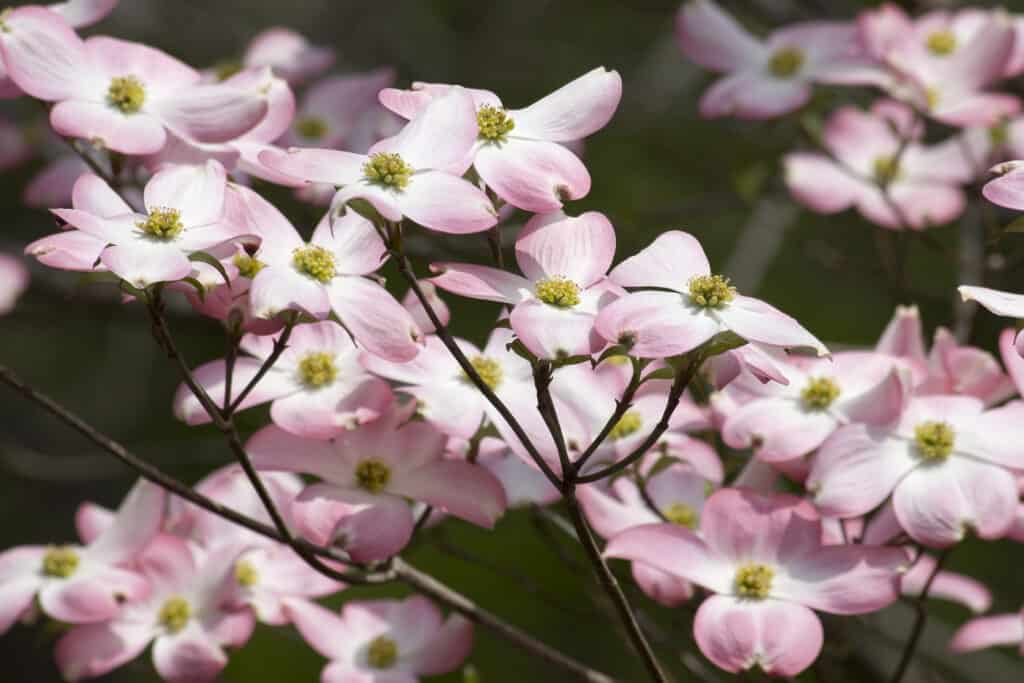
©iStock.com/JillLang
Dogwood flowers have a strong odor. Some find this odor pleasant, while others find it repulsive. People have described the scent as everything from honeysuckle to tuna.
If you grew up with dogwood trees, you may find the scent pleasing. However, if you share your home with another person, you may want to get their thoughts before planting.
5. Can Be Invasive
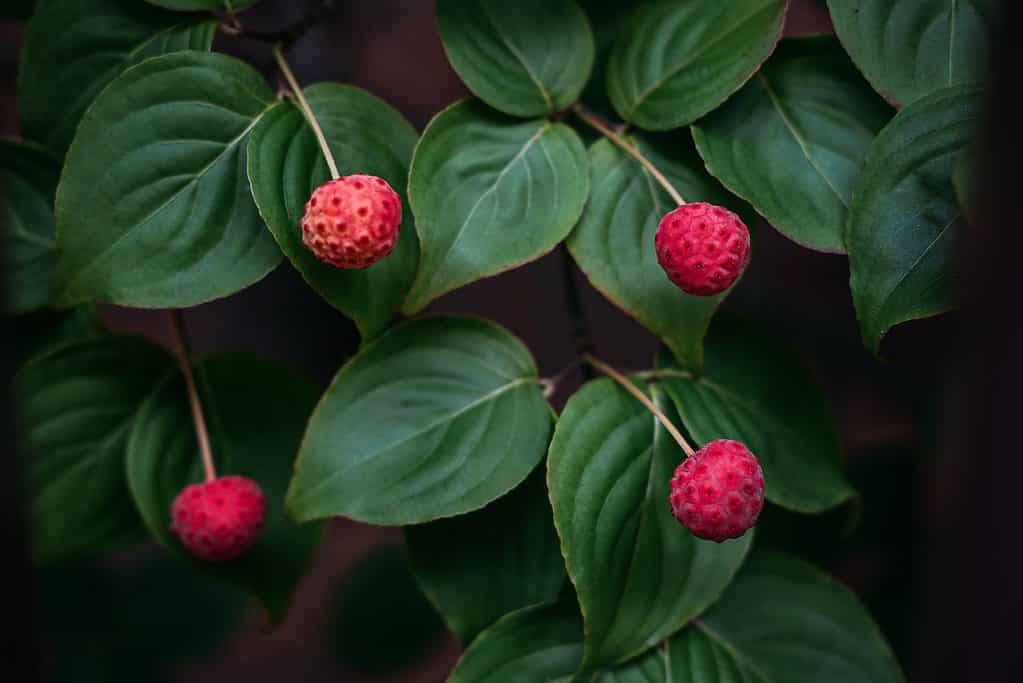
©Iryna Imago/Shutterstock.com
Some species of dogwood trees, specifically kousa dogwoods (Cornus kousa), are considered invasive.
The kousa dogwood was considered a viable replacement for native dogwood trees when an anthracnose fungal infection started wiping out the population. However, scientists now surmise that the same tree—which is resilient to the infection—may have brought it here.
Check your local regulations before planting this tree, and ensure the species you choose is native to your region.
6. Difficult to Site
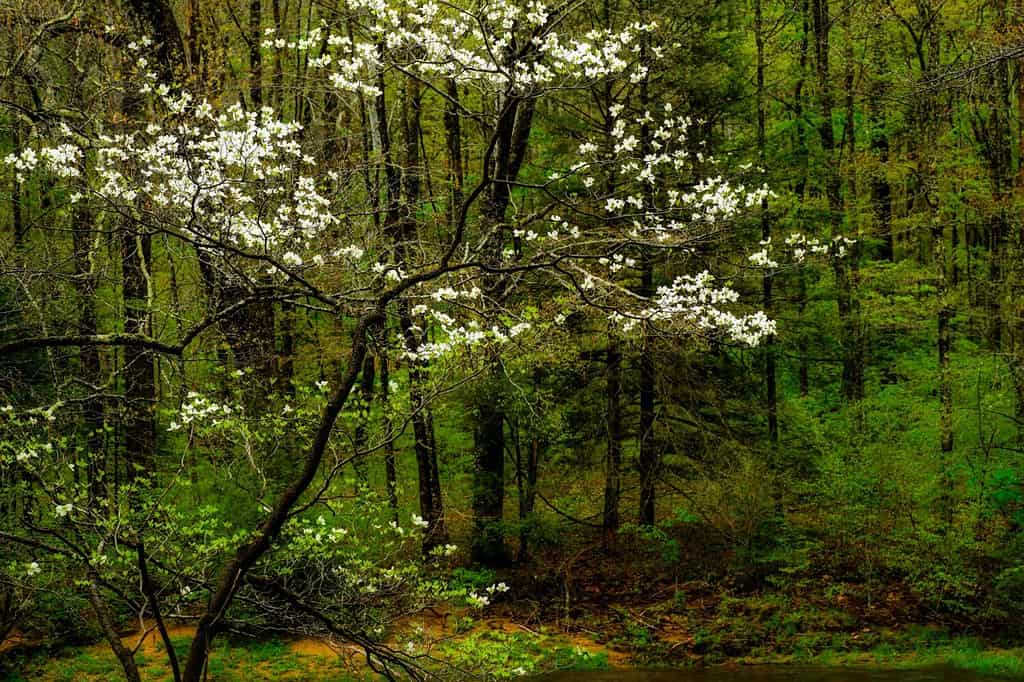
©Malachi Jacobs/Shutterstock.com
Dogwoods are high-maintenance trees that require ideal conditions to thrive. It needs well-draining soil that will still protect its shallow roots. Dogwood trees need ample sunlight without direct heat and sun to scorch their leaves. It will need mulching, protection from lawnmowers, and fertilization. Even then, your dogwood tree may fail to thrive.
In other words, it’s hard to find a place for this tree to do well. Your yard may render unfavorable results. Furthermore, dogwoods are not known to survive transplants, so once you place them, they stay there.
7. Potentially Short Lifespan
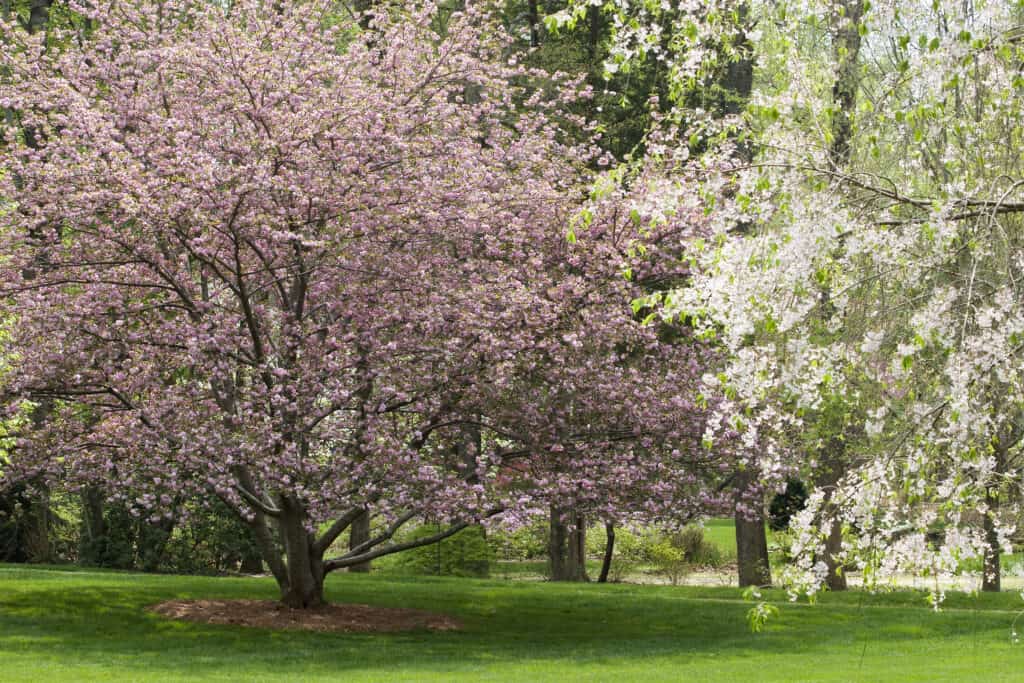
©iStock.com/JillLang
With proper care, most dogwood species can live from 50-80 years. However, this lifespan requires significant care and attention with perfect conditions. Most dogwood owners can expect a meager 15 years, maximum.
Considering many flowering dogwoods don’t bloom until after ten years, you may never see your dogwood bloom before it perishes. If you live in a hot area with dry summers, this isn’t the tree for you.
8. Potentially Harmful to Pets and Children
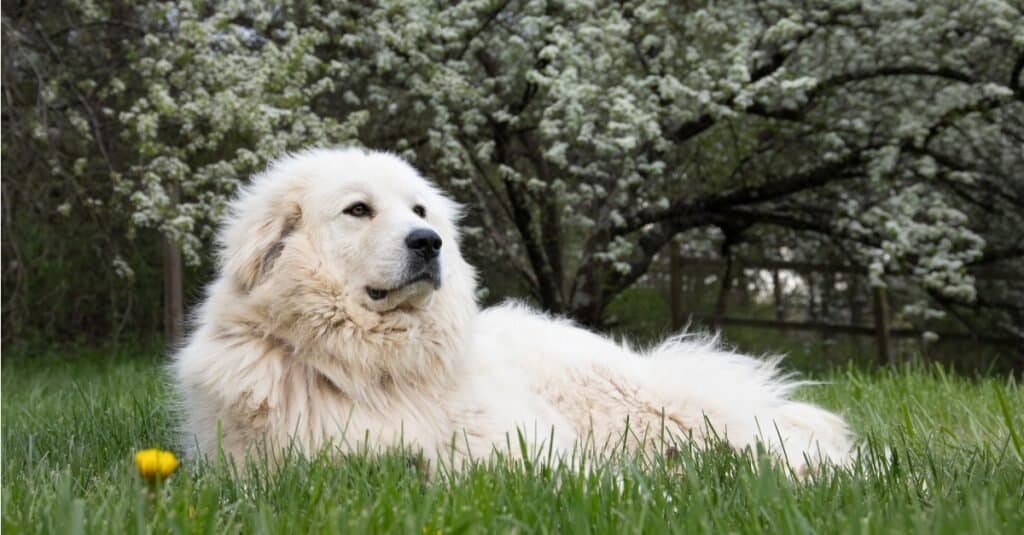
©iStock.com/JZHunt
Dogwood trees are listed as non-toxic by the ASPCA. However, touching the flowers is known to cause a rash or irritation in humans. There’s also lots of anecdotal evidence from pet parents who report their dogs experiencing gastrointestinal distress after consuming dogwood berries. Many pet parents are pushing to have these trees reclassified.
While there’s currently no scientific evidence to support dogwood trees as dangerous to pets, they can cause pain and discomfort. Similarly, people with young children should reconsider whether this tree is right for their outdoor space.
Summary of Reasons to Avoid Planting a Dogwood Tree
| Ranking | Reason to Avoid Planting a Dogwood Tree |
|---|---|
| 1 | Drought and Heat Intolerance |
| 2 | Prone to Pests and Diseases |
| 3 | Long to Mature and Flower |
| 4 | Emit a Strong Odor |
| 5 | Can Be Invasive |
| 6 | Difficult to Site |
| 7 | Potentially Short Lifespan |
| 8 | Potentially Harmful to Pets and Children |








